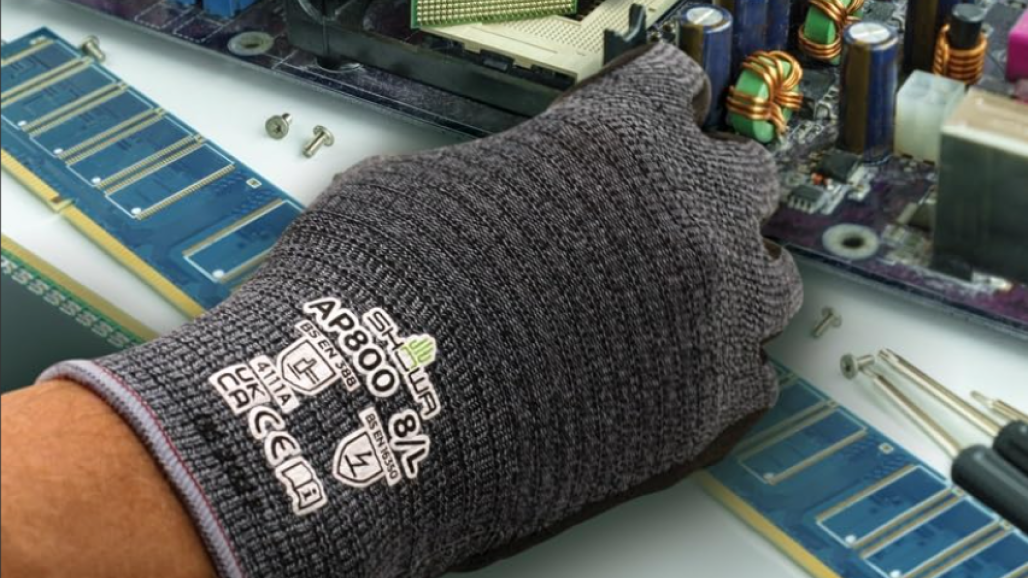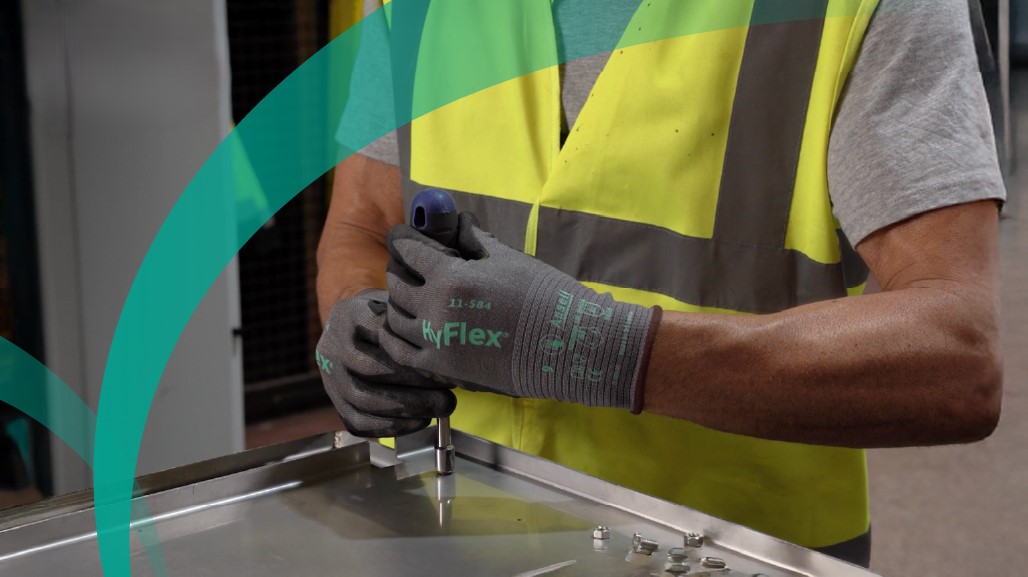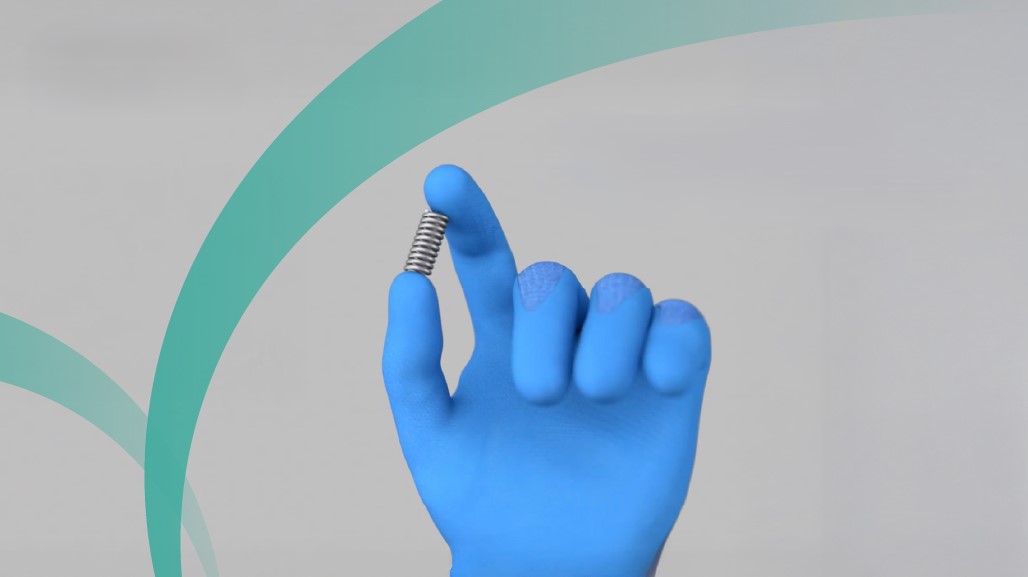VIDEO: Ansell Suits Type 3/4 Donning and Doffing
In this video, Ansell demonstrates the proper techniques of donning and doffing chemical protective clothing.
In this video, Ansell demonstrates the proper techniques of donning and doffing chemical protective clothing.

In this video, Ansell demonstrates the proper techniques of donning and doffing chemical protective clothing.
Previously Featured on Ansell's YouTube channel.
CORRECT WEARING OF CHEMICAL PROTECTIVE CLOTHING
DONNING TYPE 3/4 CHEMICAL PROTECTIVE CLOTHING
Before donning, use a designated changing room away from the risk area and sit down if possible. Use a buddy wherever possible. Check correct suit size and protection level. Remove any unnecessary jewelry. Check suit seams and outer and inner zippers. Do not wear suit if damaged. Fully open both zippers. Remove footwear. Tuck trousers into socks. Point toes and carefully insert leg into suit. Put on required footwear. Pull down hem of suit over footwear. Wear inner glove if required: Example glove shown MICROFLEX® 93-260. If appropriate, use the AlphaTec® Glove Connector to attach the glove to suit. Ensure that the outer ring clicks over the inner ring. Insert each arm carefully into the sleeve and then the gloves. As an alternative to the AlphaTec® Glove Connector, apply chemical tape to suit cuff. Check sleeve and glove for secure fit. Pull up inner zipper to chest. Pull up outer zipper to chest. Fit respirator in accordance with manufacturer’s instructions. Ensure hood fits around the respirator. Secure inner zipper and flap. Secure outer zipper and flap. If the application requires it, apply chemical resistant tape to provide a seal between suit and respirator. If the application requires it, seal the suit interfaces with chemical resistant tape. Tape the suit to the boot above the ankle. Buddy and wearer check the suit for fit and comfort.
Working in a chemical coverall – Best Practice
• Do not remove protective clothing or ancillary PPE while working in a hazardous area.
• Prior to use, review all instructions and inspect the clothing for any damage that could affect its protective function (e.g. holes, damaged seams and fastenings, heavily soiled areas). Replace any damaged clothing.
• Where Ansell products are used in conjunction with other PPE, and for full “Type” protection, it is necessary to tape cuffs to gloves, ankles to boots and the hood to the respiratory device. No garment provides complete protection against all chemicals and hazardous agents.
• In areas of an explosion risk (Ex-zone) always wear a garment which is anti-statically treated. The garment should not be donned or doffed in an Ex-zone area.
• Take care in work area to prevent damage to protective equipment, e.g. avoid hot surfaces and sharp edges.
Remember – You are responsible for your own safety and well-being!
DOFFING TYPE 3/4 CHEMICAL PROTECTIVE CLOTHING
Removing a chemical coverall – Best Practice
• Care should be taken when removing contaminated garments, so as not to contaminate the user with any hazardous substances.
• If garments are contaminated then decontamination procedures should be followed (i.e. decontamination shower) prior to removal of the garments. Carefully remove chemical tape to avoid risk of further contamination. Unfold outer flap and unzip outer zipper. Unfold flap and unzip inner zipper. Pinch at the temple and roll the hood backwards. Roll suit outwards down to the waist to avoid the risk of contamination. Buddy holds glove to remove the sleeve. Wearer holds both arms in front of chest. Wearer should sit down if possible. Buddy rolls down suit. Remove chemical tape from boots. Buddy removes boots and rolls down suit. Move to uncontaminated area. Remove and dispose of all PPE in accordance with manufacturer’s instructions. Buddy safely disposes of contaminated suit.
Removing a chemical coverall – Best Practice
• Ensure no contaminated PPE is left in the work area.
• Dispose of garments according to local regulations.
• Don’t rush, always use a buddy wherever possible.
Remember – You are responsible for your own safety and well-being!
Ansell manufactures innovative products that provide unmatched quality, comfort and technology to millions of consumers, workers and first responders. All our gloves benefit from over 100 years of Ansell research and development, patented technology and state of the art manufacturing. Anywhere in the world Ansell helps workers finish their job more safely, more comfortably and more productively.





